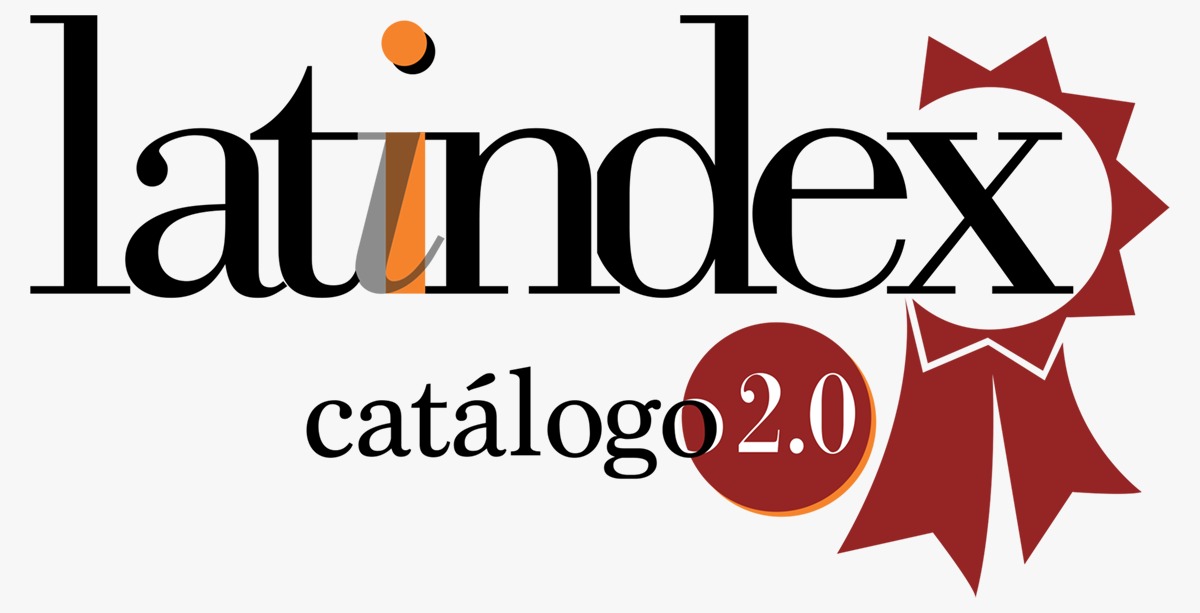Editorial management of the journal Didasc@lia: didactics and education in the year 2022
Keywords:
management, electronic publishing, scientific periodical publicationAbstract
This article deals with the editorial management of the journal Didasc@lia: didactics and education in the year 2022. A cross-sectional descriptive study was carried out. For this purpose, the 120 papers published in this period were analyzed based on article typology, author affiliation, top contributing institutions, global reach, language of publication, impact metrics such as total number of citations, average number of citations per article, average number of citations per author, average number of articles per author, h-index and related parameters Hirsch a, m, Zhang's e-index, Egghe's g-index, among other indicators. Data for this study were retrieved from Google Scholar with Publish or Perish 8.8.4275.8412, Google Scholar Metrics statistics, Google Analytics and the statistics section for papers, editorial activity, users, as well as reports from the views, review and paper report generator of the journal's own platform in OJS version 3.3.0.8. The results show that the journal publishes articles relevant to research and practice in didactics and education, and that research articles predominate. Likewise, it was found that the most viewed and cited manuscripts correspond to articles related to research methodology, written in Spanish. Thus, it is considered that publishing a greater number of articles on this subject in other languages such as English and Portuguese constitutes an improvement opportunity for the journal.
Downloads
References
Aczel, B., Szaszi, B., & Holcombe, A. O. (2021). A billion-dollar donation: estimating the cost of researchers’ time spent on peer review. Research Integrity and Peer Review, 6(1), 1-8.
Adeenze-Kangah, J., & Chen, Y. (2019, March). Detecting Proper SSL/TLS Implementation with Usage Patterns. In Journal of Physics: Conference Series (Vol. 1176, No. 2, p. 022045). IOP Publishing.
Al-Abbas, M., & Saab, S. S. (2020, October). The Impact of Collaborative Research: A Case Study in a Developing Country. In 2020 4th International Symposium on Multidisciplinary Studies and Innovative Technologies (ISMSIT) (pp. 1-7). IEEE.
Feria Avila, H., Matilla González, M. y Mantecón Licea, S. (2020). La entrevista y la encuesta: ¿métodos o técnicas de indagación empírica? Didasc@lia: didáctica y educación, 11(3), 62–79.
Frank, A. I. (2019). Enhancing internationalisation through inter-institutional collaboration: Innovative practices in planning education. Transactions of the Association of European Schools of Planning, 7-22.
Gamboa Graus, M. E. (2022). Escalas de medición estadística. Didasc@lia: didáctica y educación 13(1), 341–366.
Kaiser, K., Kemp, J., Paglione, L., Ratner, H., Schott, D., & Williams, H. (2020). Methods & proposal for metadata guiding principles for scholarly communications. Research Ideas and Outcomes, 6, e53916.
Sabonete Calulo, J. L. e Gamboa Graus, M. E. (2022). Preparação metodológicas dos professores de Matemática no trabalho com variáveis. Didasc@lia: didáctica y educación, 13(6), 300–314.
Sistema de información científica Redalyc (2022). Criterios de Evaluación Redalyc. https://www.redalyc.org/redalyc/documentos/Criterios_Categorias_diciembre_2020.pdf
Sprout, B., & Jordan, M. (2018). Distributed digital preservation: Preserving open journal systems content in the PKP PN. Digital Library Perspectives.
Downloads
Published
Versions
- 2023-01-30 (2)
- 2023-01-27 (1)
How to Cite
Conference Proceedings Volume
Section
ARK
License
Copyright (c) 2023 Michel Enrique Gamboa Graus; Elizabeth Idalia Peñate del Rio, Maria de la Caridad Smith Batson

This work is licensed under a Creative Commons Attribution 4.0 International License.
Usted es libre de:
- Compartir — copiar y redistribuir el material en cualquier medio o formato
- Adaptar — remezclar, transformar y construir a partir del material para cualquier propósito, incluso comercialmente.
Bajo los siguientes términos:
- Atribución — Usted debe dar crédito de manera adecuada, brindar un enlace a la licencia, e indicar si se han realizado cambios. Puede hacerlo en cualquier forma razonable, pero no de forma tal que sugiera que usted o su uso tienen el apoyo de la licenciante.
- No hay restricciones adicionales — No puede aplicar términos legales ni medidas tecnológicas que restrinjan legalmente a otras a hacer cualquier uso permitido por la licencia.













































